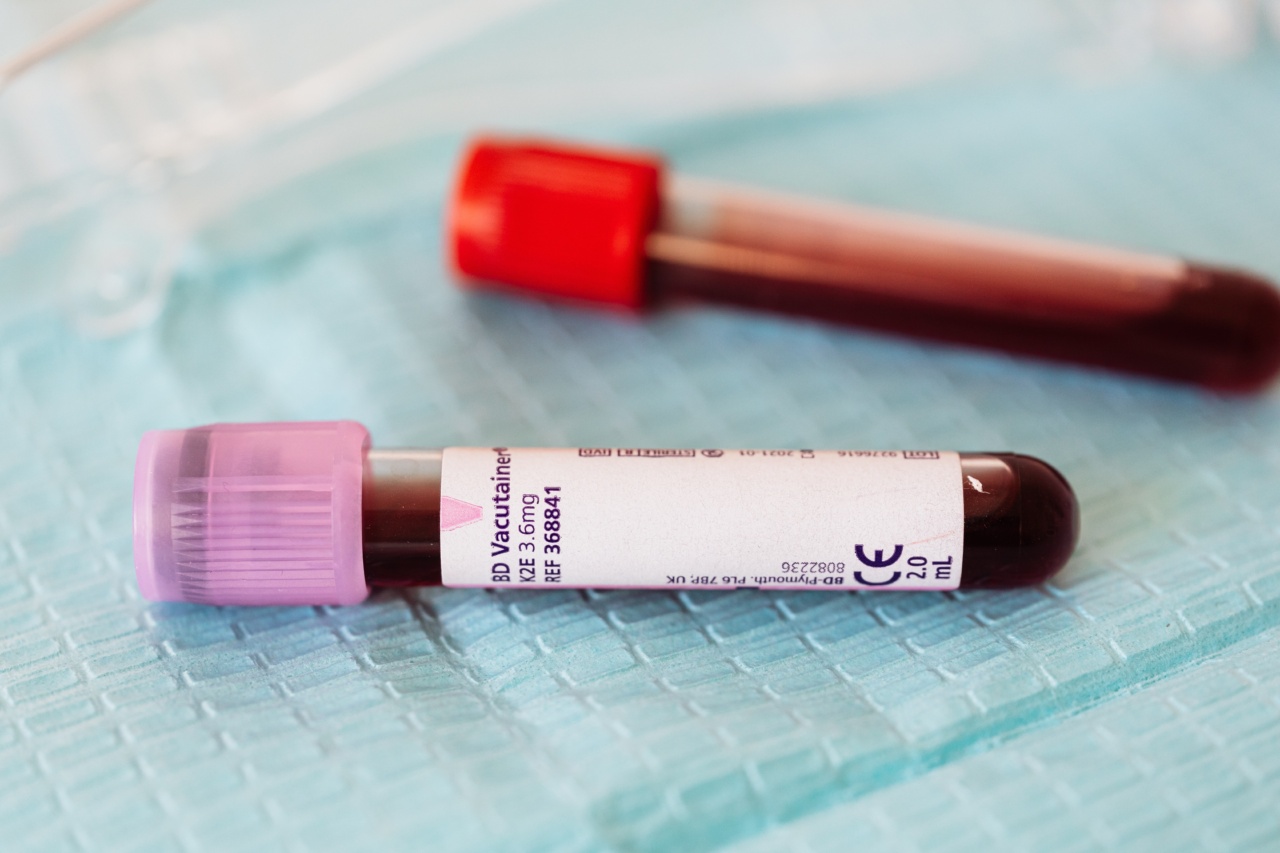Huntington’s disease is a genetic disorder that causes the progressive breakdown of nerve cells in the brain. It affects movement, behaviour, and cognitive abilities, and usually starts in mid-adulthood.
There is currently no cure for Huntington’s disease, and treatments only address symptoms.
Recent advancements in gene therapy have brought hope for a cure, but there is still a long way to go. However, a recent breakthrough in predictive testing for Huntington’s disease might change the way we approach the condition.
Scientists have developed the first predictive blood test that can determine whether a person is likely to develop Huntington’s disease.
The Discovery
Researchers at University College London carried out a study that analysed blood samples from a group of patients who were at risk of developing Huntington’s disease.
The samples were taken from 80 people – some had the disease while others did not.
The study analysed various proteins in the blood of the patients and found one particular protein, neurofilament light chain (NfL), was a reliable indicator of the disease.
The levels of NfL were higher in patients who had the disease or were likely to develop it.
The NfL protein is released into the blood when nerve cells in the brain are damaged. Therefore, elevated levels of NfL suggest that nerve cells in the brain are breaking down, which is a sign of Huntington’s disease.
On the basis of this discovery, the researchers developed a blood test to measure NfL levels. The test had a 87% accuracy rate in predicting whether a person would develop Huntington’s disease within five years.
The Significance of the Discovery
The predictive blood test is a major breakthrough in the fight against Huntington’s disease. The test allows doctors to identify people who are at risk of the disease much earlier than before.
The usual way of diagnosing Huntington’s disease involves examining someone’s medical history and genetic testing, which can be invasive and time-consuming. This new test could mean earlier and more accurate diagnosis, which is critical for disease management.
The test will be particularly useful in clinical trials of new treatments for Huntington’s disease. Currently, these trials rely on patients being diagnosed with the disease using the traditional method.
This means that the patients might already have significant nerve cell damage, making it harder to assess the effectiveness of the treatment. With the predictive blood test, it will be possible to identify patients at an earlier stage in the disease process, allowing for more exact assessments of the clinical effects of the treatment.
Challenges and Limitations
One of the major challenges of the predictive blood test is that it can be difficult to interpret results. The test only gives probabilities of developing Huntington’s disease, and not a definitive answer.
This means that some people might receive false positives or negatives, which could lead to anxiety or unnecessary treatment.
Another limitation of the test is that it is not effective in predicting the onset of the disease beyond five years. Therefore, it is not a useful tool for detecting the disease in its earliest stages.
However, the researchers are currently investigating ways of extending the predictive period.
Conclusion
The development of the first predictive blood test for Huntington’s disease is a major advancement in the field. The test has the potential to transform the way we manage and treat the disease, enabling earlier and more accurate diagnoses.
It will also be a valuable tool in clinical trials of new treatments for the disease. However, more research is needed to refine the accuracy of the test and extend its predictive period.




























